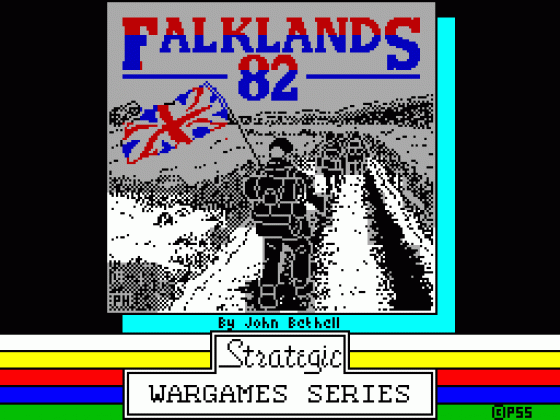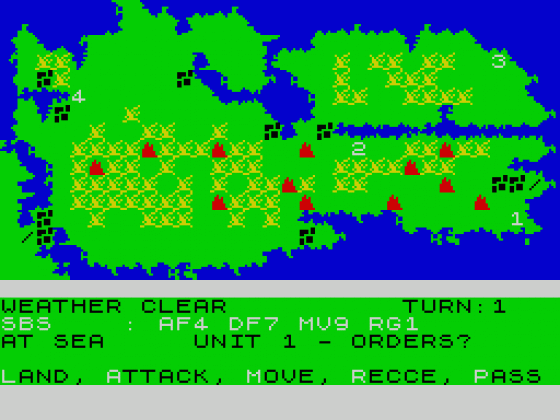Other Reviews Of Falklands 82 For The Spectrum 48K
Falklands 82 (PSS)
A review by Rachael Smith (Your Sinclair)
Falklands '82 (PSS)
A review
Falklands '82 (PSS)
A review
Falklands '82 (PSS)
A review by Chris Bourne (Sinclair User)
Falklands '82 (PSS)
A review


 1st April 1986
1st April 1986









